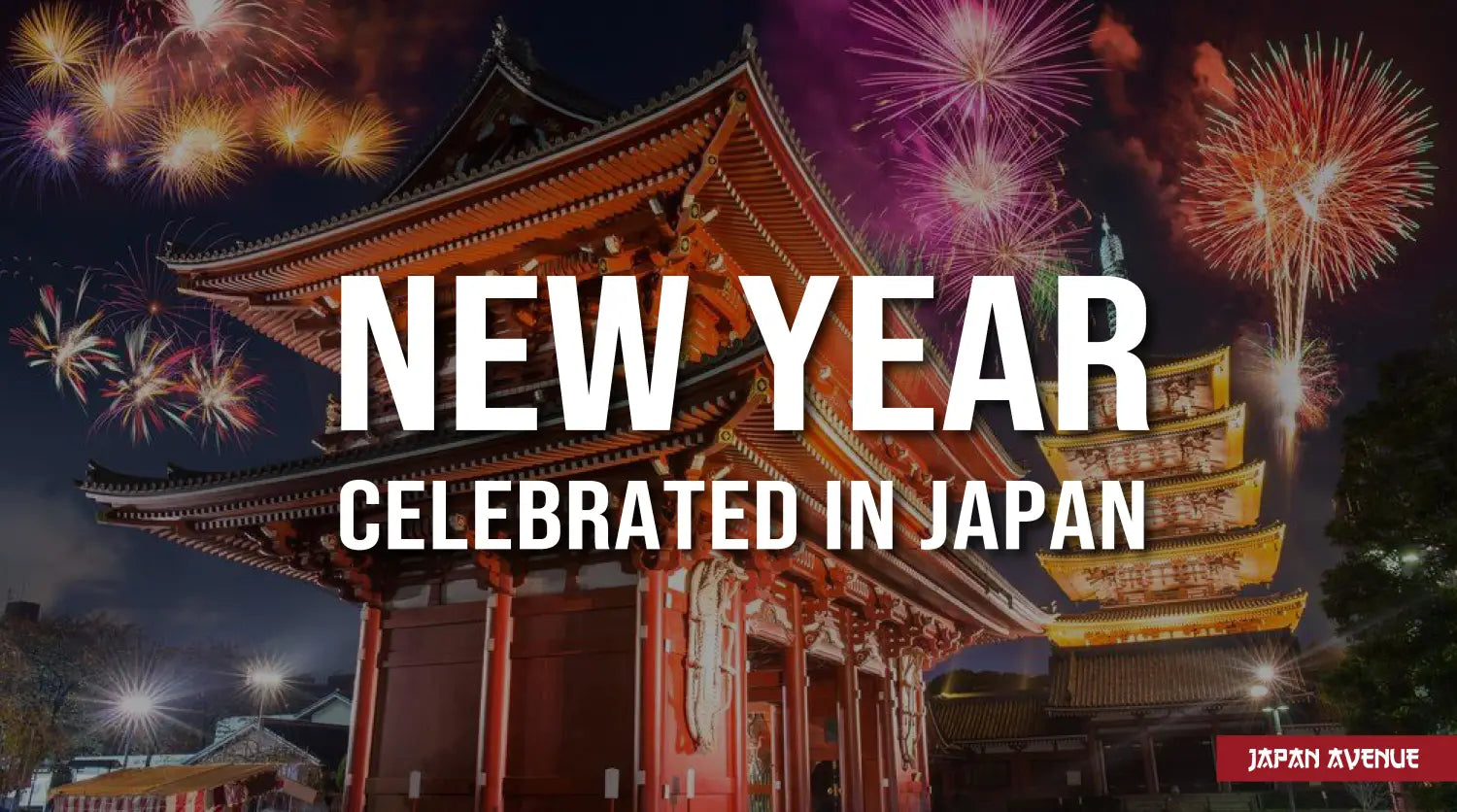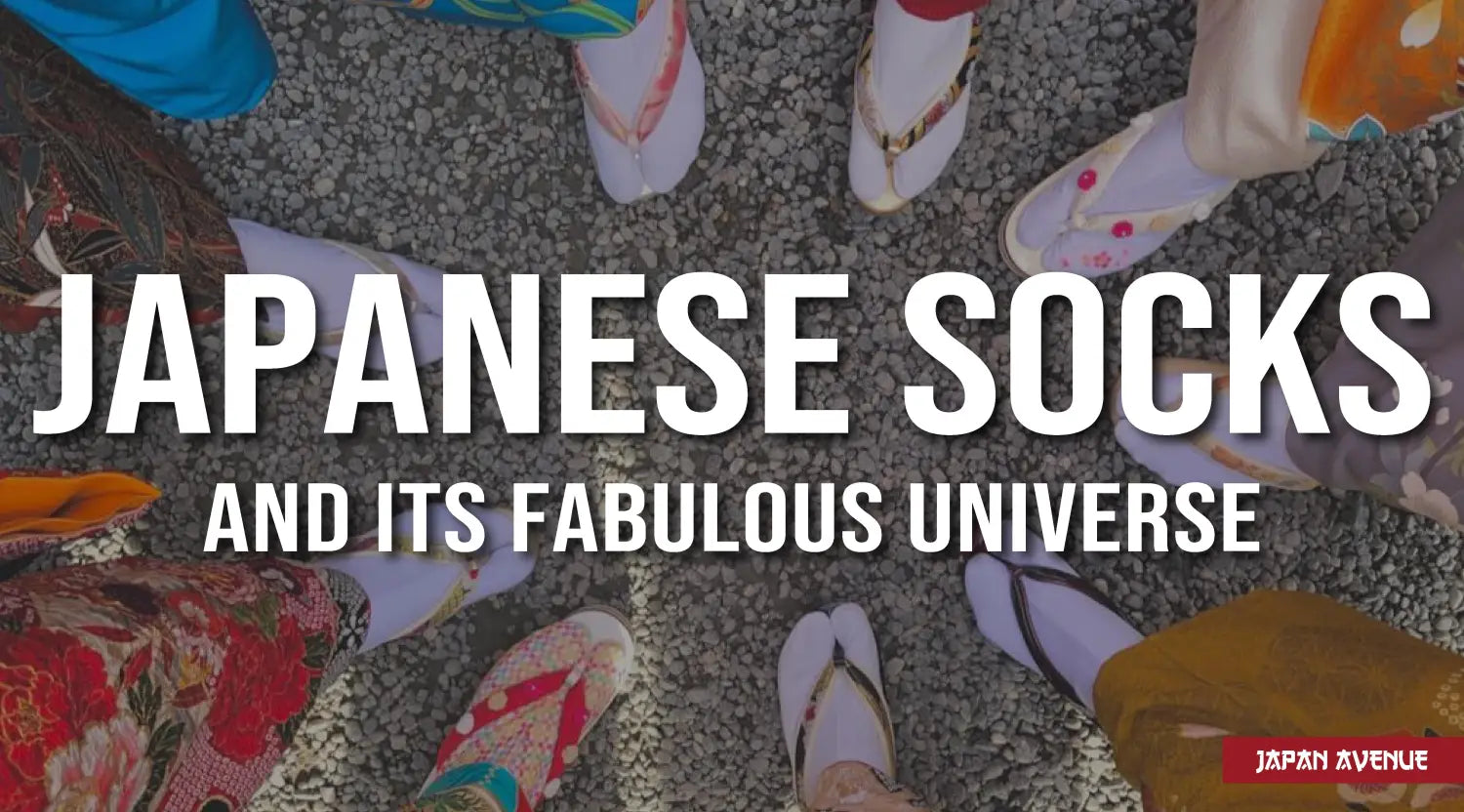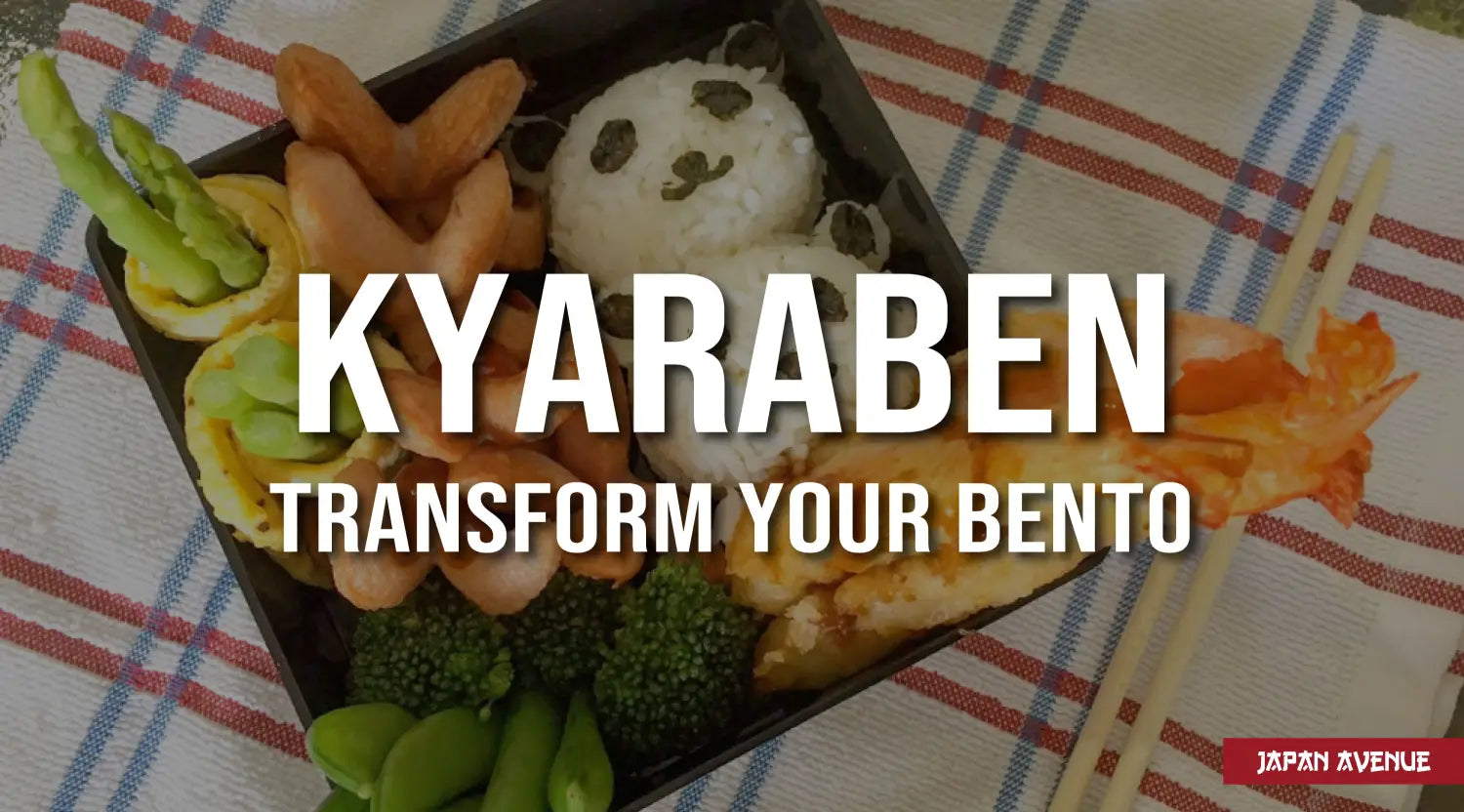Yoi otoshi o! At the end of December, Japanese people are getting ready to celebrate the new year. However, no champagne or confetti on the horizon.
The Japanese New Year is a very important family holiday full of traditions. Known as Oshogatsu, this celebration lasts several days during which families gather together. On December 31, New Year's Eve, the program includes: relaxing, watching TV and praying in temples or shrines.
Learn more about how the Japanese mark the passage to the new year.
⏳ Japanese New Year preparations
In Japan, the month of December is punctuated by strong traditions in order to start the new year on the right foot. The change of year requires a good preparation and, above all, a good dose of elbow grease.
To ensure the preparations for the New Year, Japanese people sometimes ask for time off during the last days of December: this is quite exceptional in Japan! Which is quite exceptional in Japan! Moreover, many shops and public services are closed. The perfect time to purify and decorate your house, finish sending wishes and prepare New Year's dishes.
🧹 End of the year cleaning
At the end of December, the Japanese practice the Osoji, a purification rite that dates back to the Edo period. Houses are cleaned from top to bottom and affairs are put in order so as to start the coming year in a good way. Debts are paid and paperwork is organized.
In addition to the homes, schools and offices are also being spring cleaned. Similarly, Buddhist temples and shrines are dusted off and rid of evil spirits.
This Japanese New Year 2022, make way for good resolutions!
💌 New Year's wishes
The end of the year is also the time of writing greeting cards (nengajo). This custom dates back to the Nara era and is very important to the Japanese people, requiring a phenomenal amount of work by the Post Office to ensure that everything is delivered on the morning of January 1. Thus, more than two billion nengajo are sent every year 😮.
An opportunity to wish a happy new year, good health and to thank your loved ones. These wishes are often accompanied by a lottery number - one of the favorite games of the Japanese in order to start the year well.

A small selection of nengajo cards for sale in Japan.
🥂 Bonenkai parties to celebrate the end of the year
Although the Japanese New Year is mainly celebrated with family, the last week of December is dedicated to friends and colleagues. Moreover, it is not uncommon to spend festive evenings to "forget" about the past year and welcome the next one with optimism.
🎍 Traditional Japanese New Year decorations
After Christmas, Japanese people usually decorate places with symbolic objects:
- The kadomatsu, a pine and bamboo sculpture placed at the entrance of houses, representing longevity.
- The shimenawa or braided straw rope hung on the door is supposed to ward off evil spirits.
- And finally, the kagami mochi, a traditional New Year's rice cake assembly, topped with a little bitter orange.
The animal announced by the Chinese calendar is also honored in homes. In 2021 it was the year of the Buffalo; 2022 will be the year of the Tiger. This sign will influence the horoscope of the year. After the holidays, traditional ornaments are usually burned in temples to bring good luck to the household.

Traditional Japanese decorations: kadomatsu, shimenawa and kagami mochi.
🤩 December 31st New Year's Eve in Japan
The Japanese New Year's Eve is different from the New Year's Eve we know at home. In Japan, it is often in front of the television that we end the year.
🥣 The Japanese New Year's Soba
Far from the traditional Christmas meal, in the Land of the Rising Sun, a simple noodle broth, eaten in front of the TV, is enough.
On December 31st, the Japanese tradition is to eat the soba toshikoshi before midnight to ensure a long life. This dish of long buckwheat noodles served in a broth symbolizes the passage of the new year and longevity.

The recipe for soba toshikoshi can be found on tarasmulticulturaltable.com
📺 New Year's Eve TV program
Kohaku and Gaki no Tsukai are the two favorite variety shows for the evening of December 31.
The first one is a real institution in the land of the Rising Sun. A very popular annual music contest in Japan where the best artists of the archipelago compete in two teams. This program broadcast on NHK beats all the audience records. The second one is a series of sketches and humorous game shows that airs on Nippon TV.
🔔 108 strokes of the midnight bell
At night, many Japanese people visit Shinto shrines or go to Buddhist temples to listen to the 108 strokes of the bells. It is a purification ritual where each bell ringing represents temptation in the Buddhist religion... The last ringing falls right on December 31 at midnight; a way to free oneself from sins and start the new year on the right foot.
🎉 New Year's Day in Japan
The first of January is not a lazy day in Japan. On program: first visit to the temple, contemplation of the sunrise, toast with sake. Well yes, a good year has to be earned!
🙏 The first prayer of the year
On January 1st, from midnight, the temples and shrines are crowded with people for the Hatsumode. Just after the 108 bells, huge crowds are waiting patiently in front of the sacred places to go and pray. Ever since the Edo period, Japanese people have had the custom to visit the deities to thank them for the past year and to ask for their protection during the next one. The first prayer of the year represents a tradition that is particularly rooted in the Land of the Rising Sun. January 1st is also the occasion to draw an omikuji, to predict the luck of the next 12 months.

Drawing of the omikuji, a small paper that will predict the level of luck for the coming year. Photo by Daniel Gregoire.
🌞 The first sunrise of the year
On New Year's Day, many inhabitants of the archipelago wake up very early to admire the first sunrise (Hatsuhinode) and welcome the Toshigami (deities of the year). This tradition, inherited from the emperor in the Heian era, will bring luck to the bravest. Some of them even drive to Shizuoka to contemplate the magnificent view of the rising day on Mount Fuji.

The first sunrise of the year, observed from a beach in Japan.
🍶 Toso, or New Year's sake
To toast to the new year as it begins, the first sake of the year, called Toso, is consumed. This is a rice alcohol with medicinal herbs, which is supposed to bring good health. Keep in mind that sake is a sacred drink in Japan, considered the drink of the gods.
💸 Otoshidama envelope
Japanese kids don't usually receive gifts at Christmas. Instead, they are spoiled by their families on New Year's Day. Otoshidama are envelopes that contain money. These are given to children until they are old enough to work and distribute the envelopes themselves.
👉 Find out how people in Japan celebrate Christmas!
😋 The first 3 days of January
From January 1 to 3, the festivities continue with the eating of delicious traditional Japanese dishes, all of which have a symbolic meaning. At family gatherings, it is common to play traditional games such as hanestuki (a wooden racket game), to fly kites or to play Japanese card games. The new year also rhymes with luck, as can be seen from the marked craze for goody bags. Last but not least, a lot of attention is paid to the first events of the year.
😁 Wishing a Happy New Year
At the beginning of the year, it is customary to wish your loved ones a happy new year. However, on New Year's Day, the formula changes and we will no longer say Yoi otoshi o. In fact, this formula which means to welcome the new year which is approaching, would no longer make sense.
"Happy New Year" in Japanese is said "Akemashite omedeto" (Congratulations on the new year).
🍱 Enjoying Japanese New Year dishes
To celebrate New Year's Eve in Japan, families get together for three days to enjoy delicious pre-made meals and spend time together.
Osechi ryori is an assortment of dishes made specifically for the occasion. The traditional New Year dishes all have a significance. They include fish, sweet potatoes, maki, herring roe, artichoke and other Japanese specialties that symbolize joy, health, wealth, fertility and other good wishes for the New Year.
Another dish that can be eaten is the Ozoni, a dish inherited from the samurai of the Heian era. This is a soup, accompanied by a mochi rice cake which symbolizes longevity. Be careful not to choke on it!

Example of osechi ryori prepared for New Year's Day.
🥳 Buy goodie bags
During the first three days of January, Japanese people rush to the stores to buy goody bags. These are bags with unknown contents that are often worth much more than their price. The most awaited are those of luxury brands. Often, hours of waiting are necessary to hopefully obtain a Fukubukuro or "lucky bag". A true marketing operation that boosts consumption after the holidays.

Goodie bags, or fukubukuro, filled with Japanese anime goodies. Photo from NihonBox on Twitter.
🥳 Attract good fortune with an Omamori
Have you ever heard of the Omamori? An amulet full of powers, sold in temples and sanctuaries? Many Japanese people buy this talisman in the first week of January to attract good fortune.
🍀 Predict luck through the first dream of the year
In Japan, the meaning of the first night's dreams is of great importance. Thus, your first dream foretells about your luck until the next year.
| According to the Hatsuyume tradition, the first dream of the year is supposed to predict your luck for the next 12 months. If you dream of Mount Fuji, hawk and... eggplants, then this will definitely be a very good year for you! 🍆🗻😂 |
✍️ Write the first calligraphy of the year
Traditionally, the first Calligraphy of the year (Kakizome) is performed on January 2nd. In the archipelago, it is customary to write auspicious words or short poetry (haiku) to announce one's wishes or good resolutions.
As you can see, New Year in Japan is totally different from our New Year, however, it is full of surprises. In the Land of the Rising Sun, family and traditions are the main focus. Are you ready to live this unique experience?



